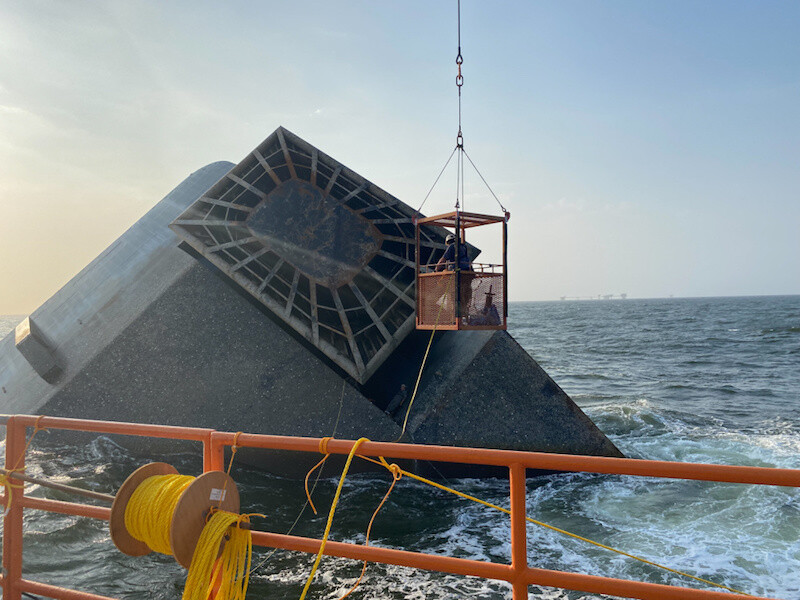Two recent marine casualties involving the Seacor Power liftboat and the Emmy Rose fishing vessel highlight the critical safety importance of providing personal locator beacons (PLBs) to mariners to aid in search-and-rescue operations in a variety of conditions — a recommendation the NTSB has been making for more than five years. We continue to reiterate our call for PLBs to save Lives.
- On April 13, 2021, the U.S.-flagged liftboat Seacor Power capsized off the coast of Port Fourchon, La., in a severe thunderstorm. Six personnel were rescued by Coast Guard and Good Samaritan vessels, and the bodies of six fatally injured personnel were recovered. Seven personnel were never found and are presumed dead. None of the six survivors rescued had PLBs or satellite emergency notification devices (SENDs), nor did they know of anyone else on board who did.
- On Nov. 23, 2020, the Coast Guard received a distress signal about 27 miles from Provincetown, Mass., from the emergency position indicating radio beacon (EPIRB) registered to the Emmy Rose, an 82' commercial fishing vessel with four crewmembers aboard. Coast Guard personnel recovered the EPIRB, but none of the crewmembers were located and are now presumed dead. The investigation showed that if any crewmembers had been able to evacuate the vessel after it capsized, they would have been able to survive up to 22.5 hours in the water with an immersion suit. It is unlikely that the crew had PLBs; however, had they been able to activate them and abandon the vessel, search and rescue crews would have had continuously updated and correct coordinates of individual crewmembers’ locations, thus enhancing their chances of survival.
As a result of these investigations, the NTSB reiterated a recommendation issued in 2017 (M-17-45) to the Coast Guard to require all personnel employed on vessels in coastal, Great Lakes and ocean service be provided with a PLB. We also recommended that the Offshore Marine Service Association notify members of PLB availability and value.
The first time the NTSB recommended the Coast Guard require PLBs was following the 2015 sinking of the cargo vessel El Faro in which all 33 crewmembers perished.
PLBs are personal electronic devices that are used during emergencies. Although they are not part of the Global Maritime Distress and Safety System, they operate like EPIRBs, transmitting to the Search and Rescue Satellite Aided Tracking system on 406 MHz. Unlike EPIRBs, PLBs must be manually activated.
PLBs and SENDs are becoming more commonly used amongst mariners, but more mariners need to be provided and have available these life-saving devices. The Coast Guard should require them, as per our recommendation, but marine operations of all types shouldn't wait to equip their personnel with these vital lifesaving devices.
Advancements in technology have resulted in affordable PLBs with GPS location functionality. These devices are meant to be carried by individuals and can provide search-and-rescue (SAR) operations with an accurate, continuously updated location of each person carrying a PLB. PLBs can reduce or eliminate SAR errors by providing multiple current GPS coordinates of survivors to searchers. PLBs can result in the faster location and rescue of survivors of marine casualties.
For any PLB, mariners should read the manufacturer’s instructions and register the device with NOAA prior to use.
For more information on our marine casualty investigations, visit our Office of Marine Safety investigative reports web page.
Read NTSB's Marine Safety Alert, "Mariners: Improve Your Chances of Survival When Abandoning Ship."
Check out these resources on PLB use from the National Oceanic and Atmospheric Administration (NOAA) and the Federal Communications Commission (FCC):




